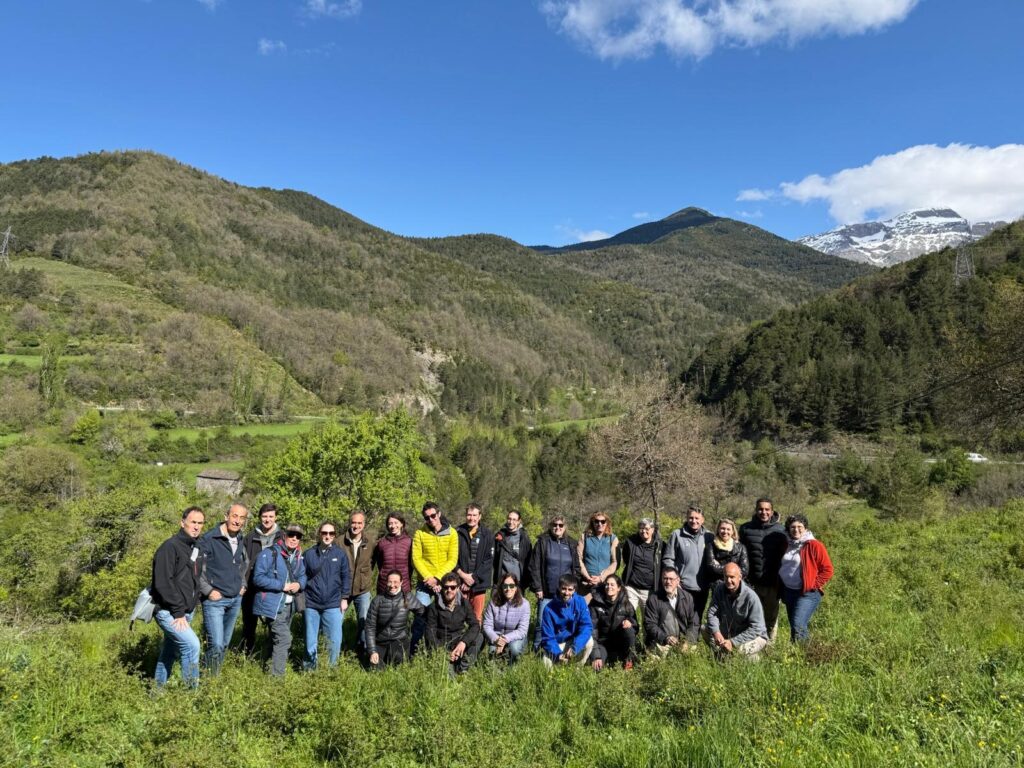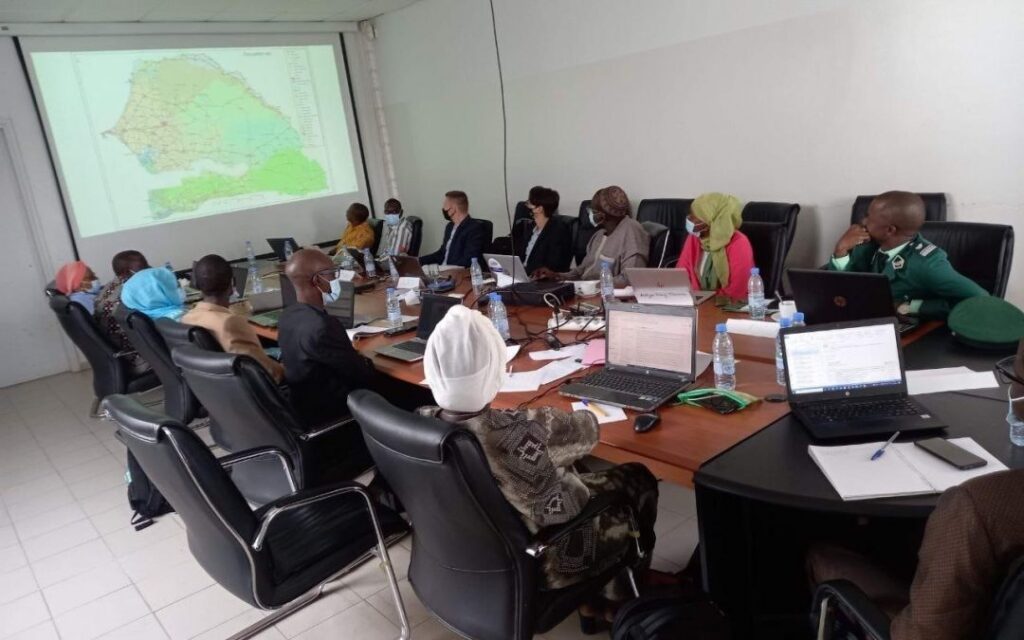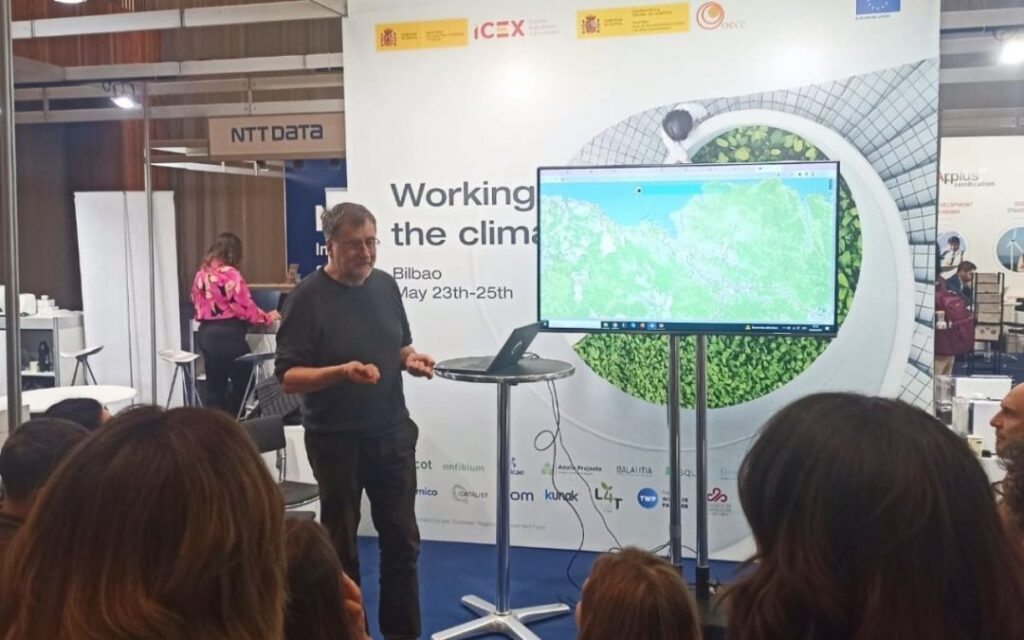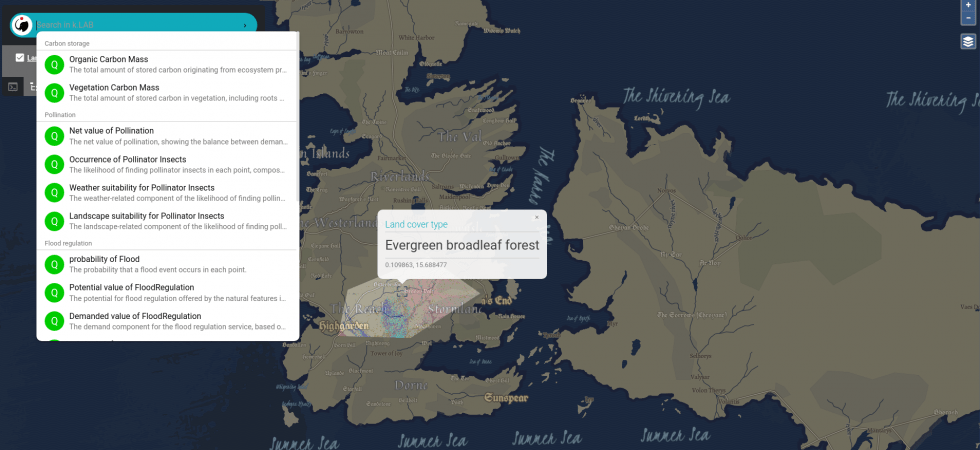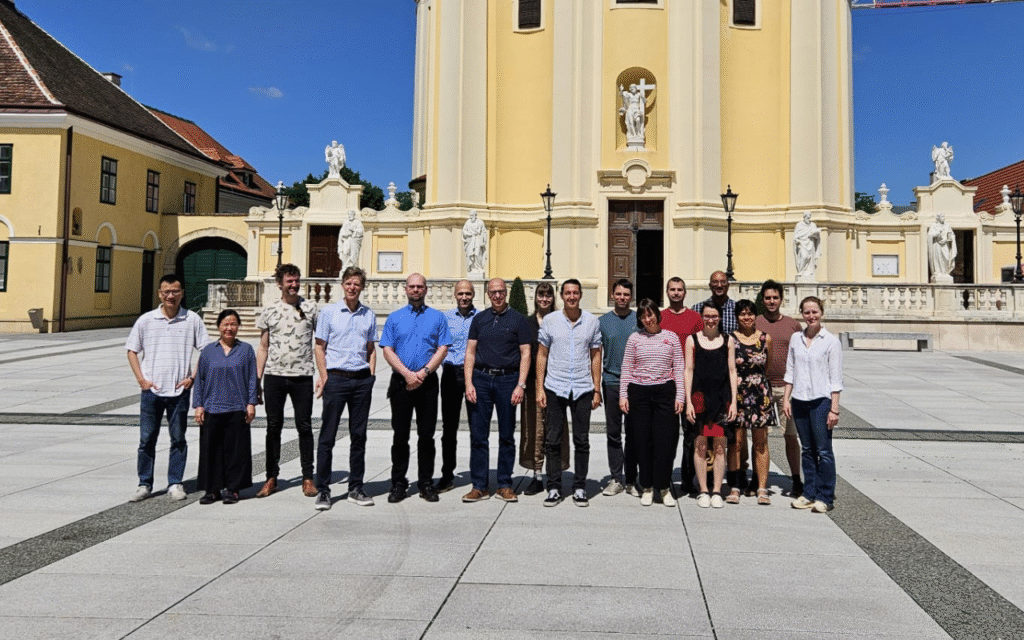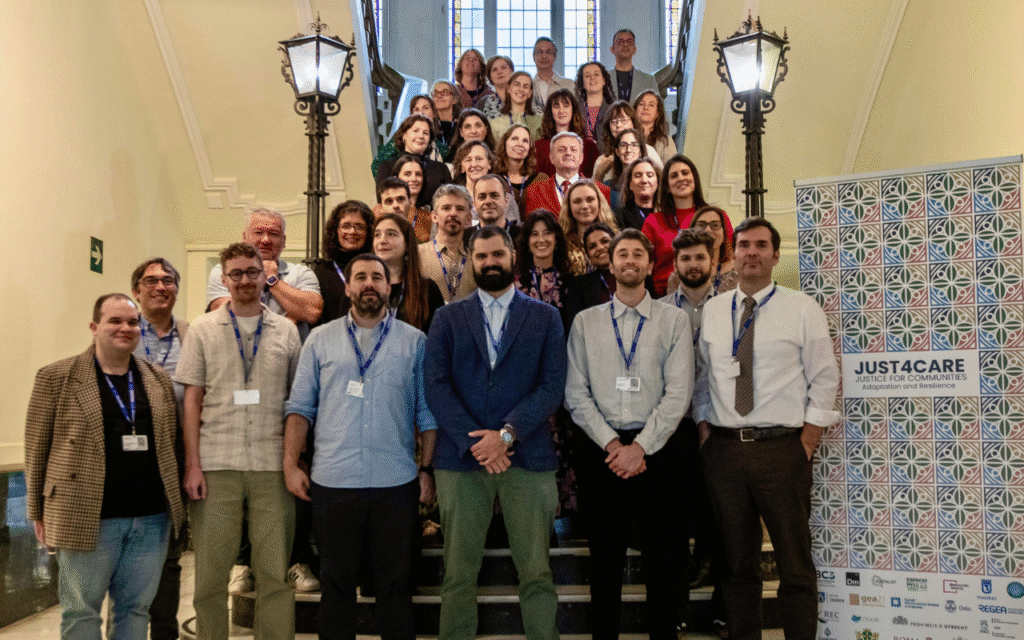The ARIES team is about to hit two very important milestones. First, as of June 2018 we’ve submitted our first article on globally customizable ecosystem service (ES) models – a first batch of five ecosystem service models (plus a spatial multicriteria analysis model enabling analysis of spatial ES prioritization and tradeoffs) that can run in any location on Earth using globally available data. When seeking rapid ES modeling results, this makes time-consuming data preparation a thing of the past; users simply select a spatiotemporal context then drag and drop the model concepts they’re interested in modeling in the ARIES software interface.
Users can then explore and export model outputs and provenance (information about the data and models used for each model run). However, users can also customize input data, model parameterization, and model structure for their location of interest, improving models’ spatiotemporal, local applicability, and/or filling information gaps. If desired, data and model customization can be shared with other users on the ARIES network, improving the availability of ecosystem services data and models for future assessments.
These new models will be the basis for teaching the 1-week ARIES training course in October 2018; more information about getting started using ARIES is here.
Second, we are confident that we’ll be able to offer these globally customizable models through an internet browser-based, even easier-to-use interface by near the end of 2018, called the ARIES Explorer. The video below shows how to run models using k.LAB modelling interface; we will post updates here showing videos of the new ARIES Explorer when it comes online later this year.


